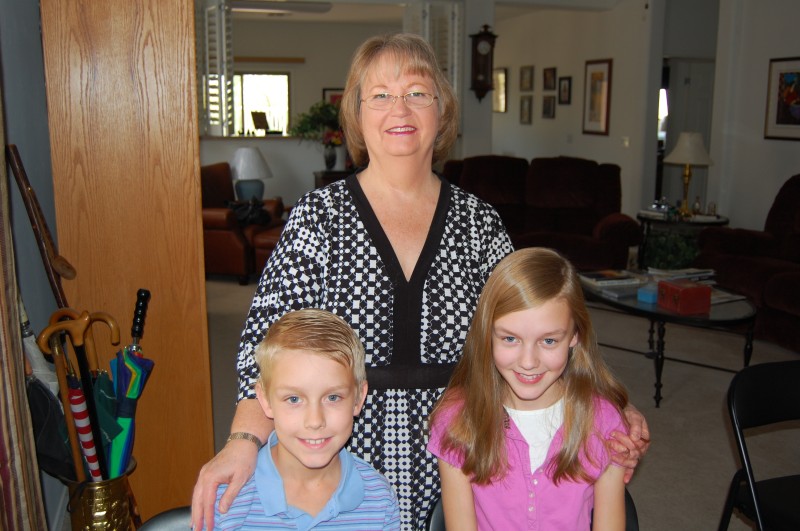
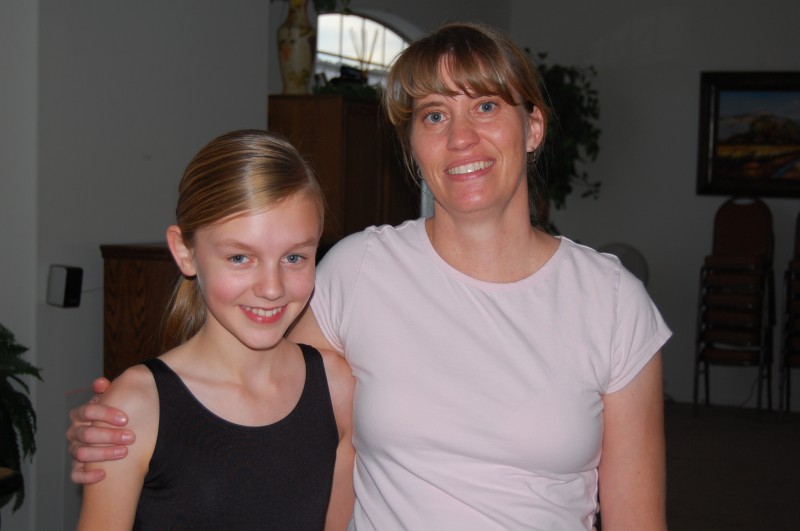


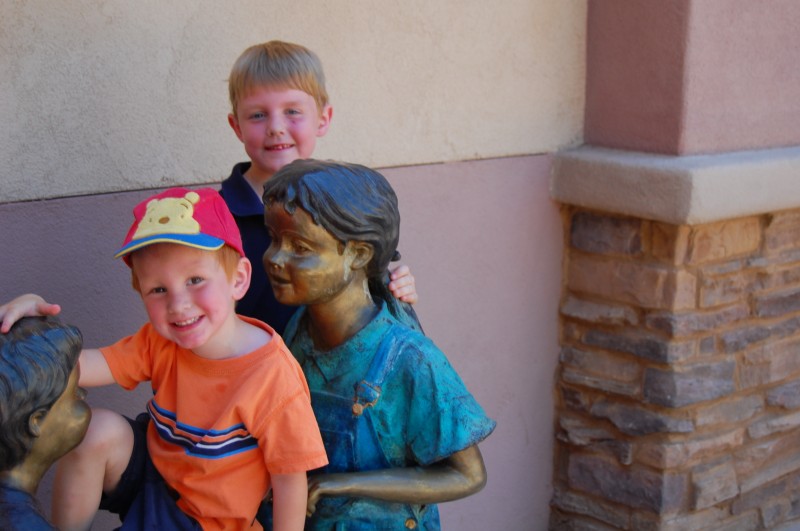


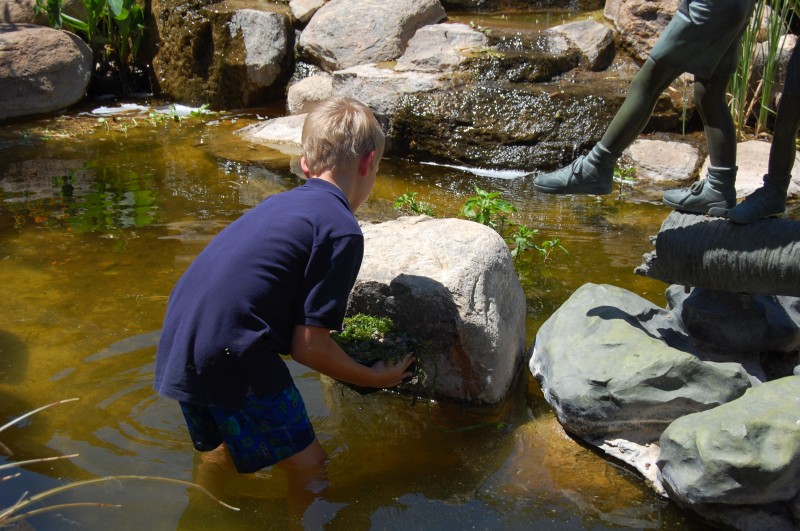
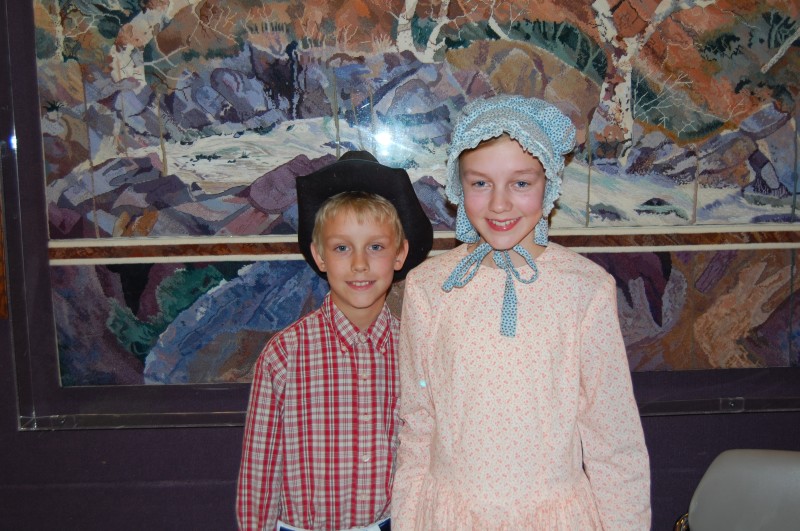
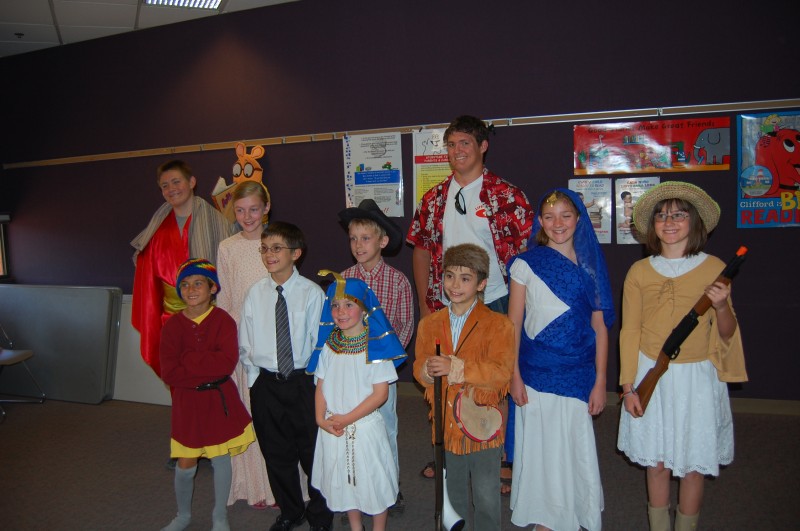
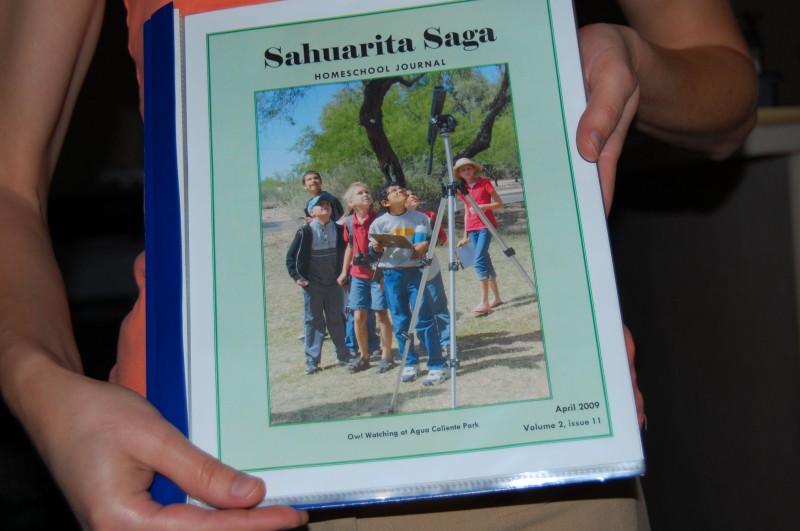
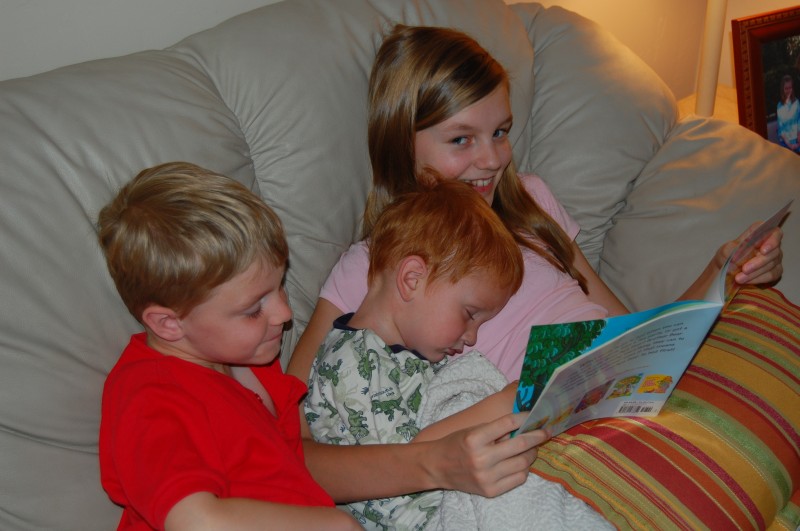
In my senior year at BYU, just before student teaching, I took Religion 491 for education majors. This was the most misunderstood, frustrating course for most people. This book, now one of my favorites, was the textbook. It was a chore to read because most of us came into the class expecting a free ride. Hey, we were seniors; it was a religion class…how hard could it be? Neil J. Flinders (the author) was the teacher. This book must have been for him the culmination of a lifelong study of education, religion, history, psychology and management.
This book outlines the decline of moral and religious teaching over time; discusses age appropriate teaching methods; gives concrete examples from the Bible and Book of Mormon and Doctrine & Covenants showing how teaching ought to be accomplished; it identifies 4 different approaches to education (Individual, Societal, Theological, and Agency); it challenges a lot of what I learned in my teaching methods classes because so much educational theory is based on a godless worldview. There is so much in this book that it’s hard to describe it in a neat and tidy synopsis.
How have I applied what I learned in this book?
Be warned that this book is not as organized as I would have it. Like I said before, it is so full that it’s hard to nail everything down. Also, don’t expect this book to tell you everything you need to know to achieve Agency Education. It reminds us of principles and it shares examples of Agency educators and parents to inspire us, but it would go against its own thesis to give an outline of everything an agency educator does. To me, an Agency educator is above all things led by the Spirit. So if anything, agency education centers on character. All subjects, activities, methods, etc. are just appendages to character education.
I could go on about this for a long time. But let me leave you with a summary of what the author thinks an Agency Educator’s home looks like and feels like:
So, this book is out of print, but we live in the day of e-bay and amazon.com, so if you really are interested, you’ll be able to find it. I’ve recommended this book for years. Not everyone agrees with me that the book is great. Nor does everyone have the time to read it. That’s why I spent some time writing this post. And now you know just how long-winded I can be. To tell you the truth, I feel like I’ve just scratched the surface and given you a teaser. Most of you are probably asleep or have moved on to facebook or youtube by now. If so, this book is probably not for your personality anyway. It’s philosophy. It’s challenging. It’s what I love to read.
This Educational Resource is on my top 5 list because it outlines very clearly how to educate a children at different ages. I don’t agree with everything in this book, but here is a list of books I use because they were recommended by the authors:
This book gives me a framework and specific texts to work with. From there, I adapt the curriculum to meet our needs, beliefs, and schedules. This is my How-To Guide. Tomorrow I’ll tell you about the book that really shapes my educational philosophy.
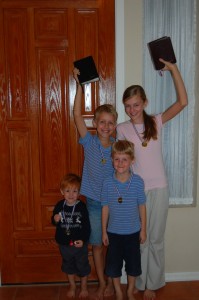
“It is desirable that our children should learn to memorize important passages; such that will leave a strong impression upon their lives; scriptural passages that they will use as their guiding star; scriptural passages that will help to form convictions in their minds of right and wrong; scriptural passages that will bring conviction to their hearts.” (Elder Joseph M Tanner, April 1901 General Conference)
“In the future, infrequent family scripture study may be inadequate to arm our children with the virtue necessary to withstand the moral decay of the environment in which they will live. Where in the world will the children learn chastity, integrity, honesty, and basic human decency if not at home?“These values will, of course, be reinforced at church, but parental teaching is more constant. In my opinion, the teaching, rearing, and training of children requires more intelligence, intuitive understanding, humility, strength, wisdom, spirituality, perseverance, and hard work than any other challenge we might have in life. This is especially so when moral foundations of honor an decency are eroding around us. To have successful homes, values must be taught, and there must be rules, there must be standards, and there must be absolutes.” (James E. Faust, “The Greatest Challenge in the World- Good Parenting, Ensign, Nov 1990, p.33)

Learning Through History Magazine is another Favorite Educational Resource we use.
History is a really important part of our curriculum. We use The Story of the World series as a general text. The kids learn to outline, summarize, and make conclusions about history as they write, write, write about history. Anyone who has read our monthly Homeschool magazine, The Sahuarita Saga knows that our kids spend a lot of time writing about history.
Beyond the writing and map work and timelines that we create, I ask the kids to do history projects. This is where Learning Through History Magazine comes in. Each magazine focuses on a major historical movement. I buy the back issues that I want. I think they are around $6. They have activities for children in preschool through high school. There are articles about people, technology, politics, and fashion. There are art projects, primary source documents to study and essay questions and ideas for further study. The magazines are black and white and have no advertisements.
We take 2-3 weeks to work on each history project. We do a couple of big history projects each year. This year we are studying modern history (1850-1900s). For World War I, I used the Great War issue and assigned Paige and Daniel to come up with projects using this magazine. Daniel chose to write about planes and tanks. He studied the events leading up to the US deciding to join the war and summarized them in a paper. Paige found an article about Choctaw Indian code talkers and wrote a research paper about them. She also thought the War Propaganda article was interesting and spent a lot of time on the internet, looking over propaganda posters and then she wrote an essay contrasting opposing views about the use of war propaganda. To finish their WWI projects, the kids wrote a trivia game about about WWI and we watched Sergeant York.
Next year as we study ancient history, I will order the Egyptian, Greek, Roman, and Byzantine magazines to supplement what we learn in our history text.
Learningthroughhistory.com is where you can order these magazines and a lot of other fun history stuff.
History in textbooks is lame. A project approach to history just rocks.
This week I will share five of my favorite educational resources.
My first pick is the Shakespeare Can Be Fun! Series. I mentioned this series in my last post. I am truly inspired by this author, Lois Burdett. After spending an hour reading her version of Hamlet, written in couplets and including the more famous lines from Shakespeare, I was hooked. I’m going to buy the whole series. My kids love the books that I have ordered so far.
Something charming about this series is the author integrates writings from 3rd-4th graders in the text and the book is fully illustrated by children. She is an amazing educator, helping the children with their writing and reading comprehension skills.
I wrote the author last week asking for permission to do a stage performance of Burdett’s play, Hamlet for Kids!. Today I opened my e-mail to find her most warm, kind response. Not only did she take the time to personally write to me, she was personable and passionate about helping children to write well. She’s Canadian and now that’s my favorite country next to the good old USA. I would love to have her come down here and do a workshop. Please look into buying one of these wonderful books because you heard from me how FABULOUS they are.
You really ought to click on your link to amazon.com and get ordering. She’s got a huge selection of titles!
Stay tuned for more of my Favorite Educational Resources from our 2008-2009 school year.
Paige and Daniel went to Raytheon’s Career Day. Richard signed them up for mini-classes on different kinds of engineering and took them to lunch in the cafeteria. Paige liked the software engineering demonstration (they had a robot) best. Daniel liked the electrical engineering and the robot, too. I am glad Raytheon opened their doors and prepared these classes for the kids.
After the Career Day, we raced over to our homeschool geography bee. We were too late to really do much, but Timothy was able to present his geography project: he sang This Land is Your Land. All the children joined in at the chorus and I felt like Maria von Trapp on the guitar.
Daniel then went to a book club discussion about The Wright 3 at the Billings’s house. Last week they played with pentominoes and worked on codes. This week, they learned about fibonacci sequences and “magic” triangles in nature and in classical architecture. (That last sentence I copied and pasted from Amy Billings’s e-mail, since I don’t know anything about that stuff.)
We didn’t have a normal school day, but I think I can say the kids were well-taught all day. Last night was the first night in a very long time that our family has been together in the evening. We sat and talked for hours in our family room. Everyone was happy. I made a turkey dinner and enjoyed the sleepy full feeling as I listened to the kids tell me about their day. Paige is looking forward to braces (that’s another trip we made earlier this week) and Daniel told us baseball stories. I talked about the Town Council elections that are driving me crazy. Richard told us about a discussion he had on the way home from work. Mark got tired of waiting for someone to put him to bed and we found him snuggled in his crib, sound asleep. Timothy nearly drifted off to sleep, snuggled up on the couch, listening to us.
Paige and Daniel are looking forward to performing Hamlet this summer. I found this series, Shakespeare Can Be Fun! that is written in couplets, uses some of Shakespeare’s most famous lines, but is much simpler for children. I’m totaly inspired by this series. I can just see the boys getting into the sword fighting and poisoning and hopping into a grave. I can just see Paige and a friend acting like crazy Ophelia and the guilty queen. Now, I just need to enlist 5 or 6 children to join us. Costumes, props, etc. will be a great summer project.